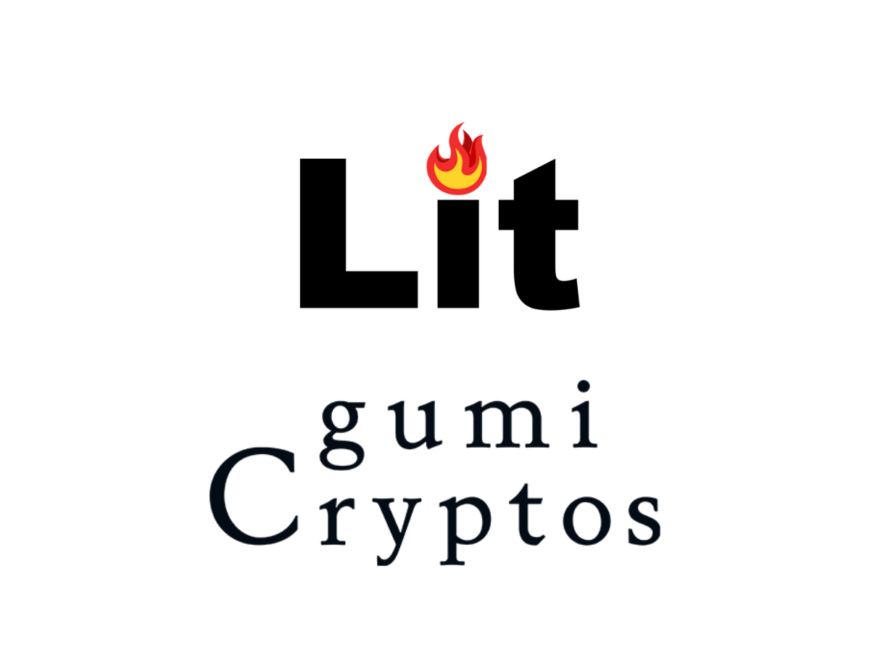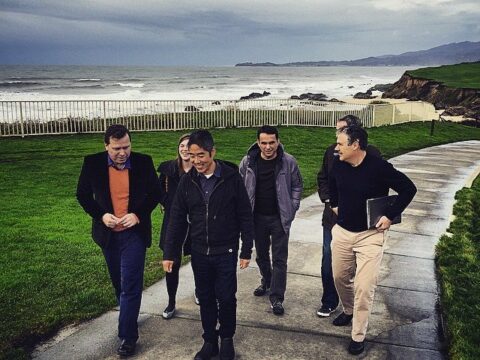
We believe that we are still in the early days of the use of NFT technologies. The role of gumi Inc. in publishing My Crypto Heroes via DoubleJump Tokyo gave us the insight and conviction to invest early into OpenSea. Through this we have had a unique insight into the pattern of rapid expansion in NFT and we have started actively looking for investment opportunities.
Our experience coming from the gaming world helps us to understand that NFTs as a long term phenomenon is more closely tied to managing rights. Obviously the initial right granted to the owner of an NFT are “ownership rights” of the NFT itself. But our experience in gaming leads us to believe that there are many more interesting rights that can be associated with NFTs. For example, if you consider an in-game NFT such as a magic sword, . So the game engine confers very specific and granular rights associated with ownership of thatthe sword:. The owner of the sword is able to swing the sword, which has certain properties such as an increased chance to hit monsters or increased damage over non-magical swords.
In reasoning more broadly about this, we see an NFT is simply a key that provides cryptographic proof of ownership–but ownership over what? We feel that the most important perspective of “ownership” has to do with owning rights, and we think the most important rights include governance rights, intellectual property rights and access rights.
Access Rights
We feel that owning a key is only interesting insofar as the key opens a door. So access rights are a very natural infrastructure. Obviously these rights can be individually managed by each application. In the case of the magic sword, above, the game engine individually manages the rights associated with owning the sword. So the question becomes–why would there be a need for a horizontal layer to provide access?
We are moving into the age of the open metaverse. This really means that a single key has the potential to open many doors. And those doors may open buildings belonging to different people. So for example you can imagine owning a “Bored Ape” from the Bored Ape Yacht Club. So this singular NFT could be a key that provides access to a club or concert (as a form of ticket), merchandise discounts, game experiences, exclusive access to influencers, and a variety of other benefits.
So the idea of a horizontal access control layer gated by any on chain condition becomes very useful and valuable.
Team
The cofounders, David Snieder and Chris Cassano are taking a deep blockchain and cryptography approach to developing such a layer. We appreciate their foundational approach to developing such important infrastructure technology. They also see this layer as an integration layer, a bit like MuleSoft (a 6.5B acquisition by Salesforce.com) was for Enterprise software. There is also an appropriate mindset that developer interfaces and developer evangelism is essential, which also can make this project in ways comparable to The Graph, which is another pillar of Web3 application development.
So we feel that the prolific energy, enthusiasm and first principles development philosophy of the founding team are spot-on appropriate as a founder/market fit to build the next-generation of NFT and blockchain infrastructure.
The Future
The entire Internet and global infrastructure is being rebuilt on top of a more trusted and secure fabric. One of the signs that our current model is deeply broken is that you can download a file from the “Dark Web” that has 8 billion name-password pairs in it. So the idea of the “Intranet” as a secure part of the Internet that provides gated and limited access to authorized parties has essentially failed. So with increasing hack attacks, ransomware and compromised user data, we see a need for a universal access control layer built from decentralized cryptographic protocols at their core.
We see Lit Protocol as that intermediary layer. Much like TheGraph represents the “query” layer for the database of blockchain, Lit Protocol has the potential to be the universal access control layer–but not just for accessing data but for accessing experiences, both online and offline. Thus we think that Lit Protocol has the potential to be as significant as TheGraph, a universal query layer and as significant as OpenSea, a universal marketplace for NFTs.
Please find a link to the “Mikobits” show episode featuring Lit Protocol
Disclaimer
Information is provided for general educational purposes only. This presentation is not an offer to sell securities or a solicitation of offers to buy securities. Nothing contained herein constitutes investment or other advice nor is it to be relied on in making an investment decision. For more important information, please see disclaimer



